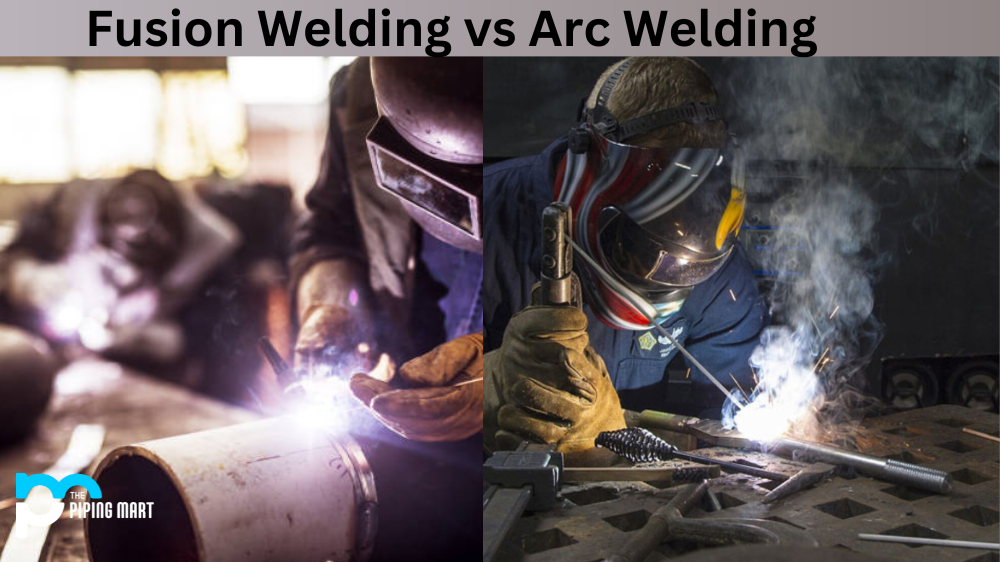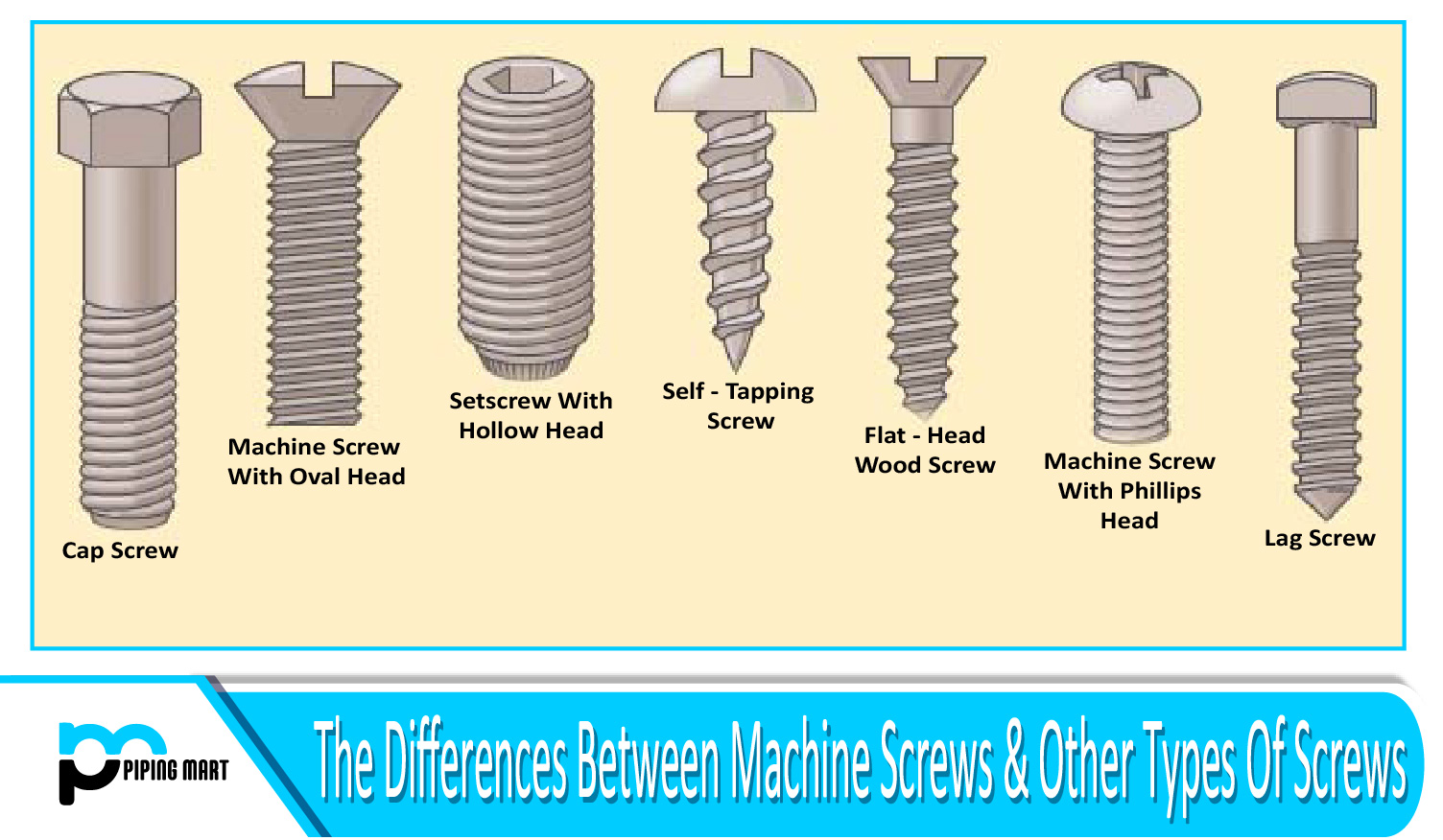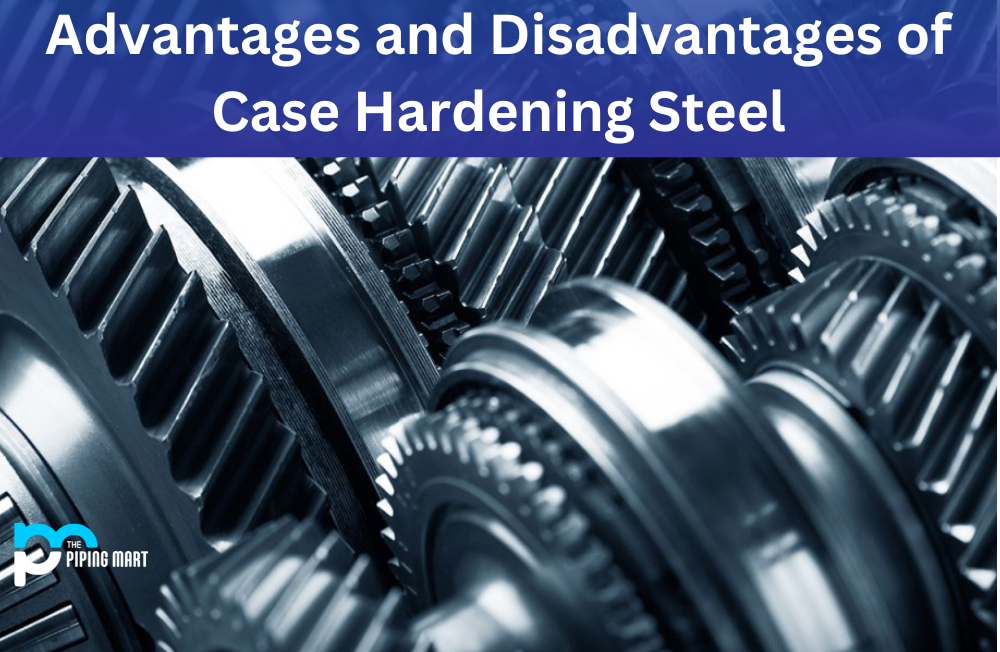Superfinishing is a critical process in the manufacturing industry that creates an ultra-smooth surface finish on metals, ceramics, and plastics. It is a vital process that enables manufacturers to achieve a high-precision, mirror-like surface finish suitable for various industrial applications. In superfinishing, a combination of abrasive stones, films, or diamond inserts is used to remove small amounts of material from the surface of a workpiece. The superfinishing process can be divided into categories depending on the desired outcome. In this article, we will be exploring the various types of superfinishing methods.
Centerless Grinding
The centerless grinding method of superfinishing is a very efficient process in terms of the time it takes to super finish a particular workpiece. A rotating grinding wheel is fed into an adjustable work blade, feeding the workpiece towards the grinding wheel. The grinding wheel removes any stock material between the work blade and the grinding wheel, creating a smooth and polished surface. This process typically finishes cylindrical workpieces like shafts, pins, and rods.
Honing
Honing is another type of superfinishing process that utilizes abrasive stones or tools mounted on a mandrel to finish the internal surfaces of boreholes. The honing process is typically used for creating straight, round, and smooth surfaces and is commonly used in applications where sliding or rotating motion is used. Some examples of parts that are honed include hydraulic cylinders, gears, and engine block cylinders.
Lapping
Lapping is a superfinishing process used to create an ultra-flat surface finish. A mixture of abrasive material and lubricants is spread on a flat plate called a lapping plate. The workpiece is then placed on the lapping plate, and the workpiece and the plate are rotated against each other. The combined action of turning the parts creates a smooth and polished surface. The process finishes high-precision components such as optical lenses, ceramic pieces, and others that require a perfect character.
Grinding
Grinding is a superfinishing process similar to lapping but uses larger abrasive particles. In grinding, an abrasive wheel rotates against the surface of the workpiece, and material is removed to create a smooth surface. Grinding is typically used to finish flat parts such as machine beds, bearing races, and other similar details.
Polishing
Polishing is one of the most common superfinishing processes, which utilizes a series of abrasive materials or films to create a highly reflective and mirror-like surface finish. Polishing is typically used to finish jewellery, decorative metal pieces, and other parts that require a highly finished surface.
Conclusion
Superfinishing is a critical process in the manufacturing industry, and different types of superfinishing methods are used to achieve the desired surface finish. Understanding the various superfinishing processes is essential in choosing the best way for a particular workpiece. The choice of the process depends on several factors, such as the material, the desired surface finish, and the part’s application. By selecting the correct superfinishing method, manufacturers can create high-precision and smooth surfaces that are suitable for a wide variety of applications.

A passionate metal industry expert and blogger. With over 5 years of experience in the field, Palak brings a wealth of knowledge and insight to her writing. Whether discussing the latest trends in the metal industry or sharing tips, she is dedicated to helping others succeed in the metal industry.




